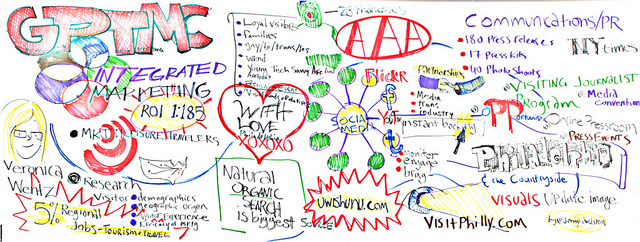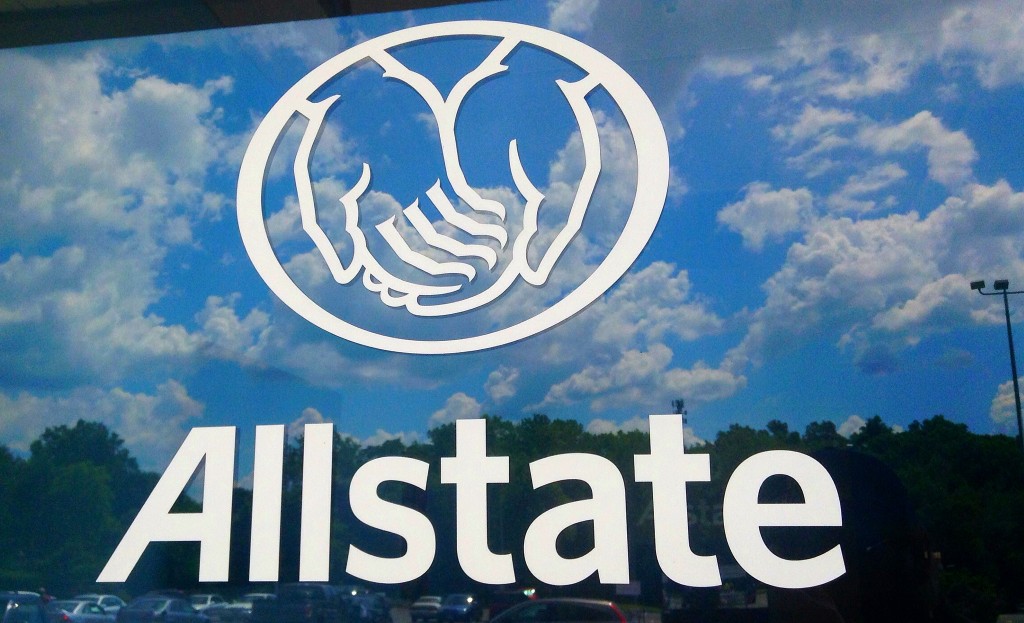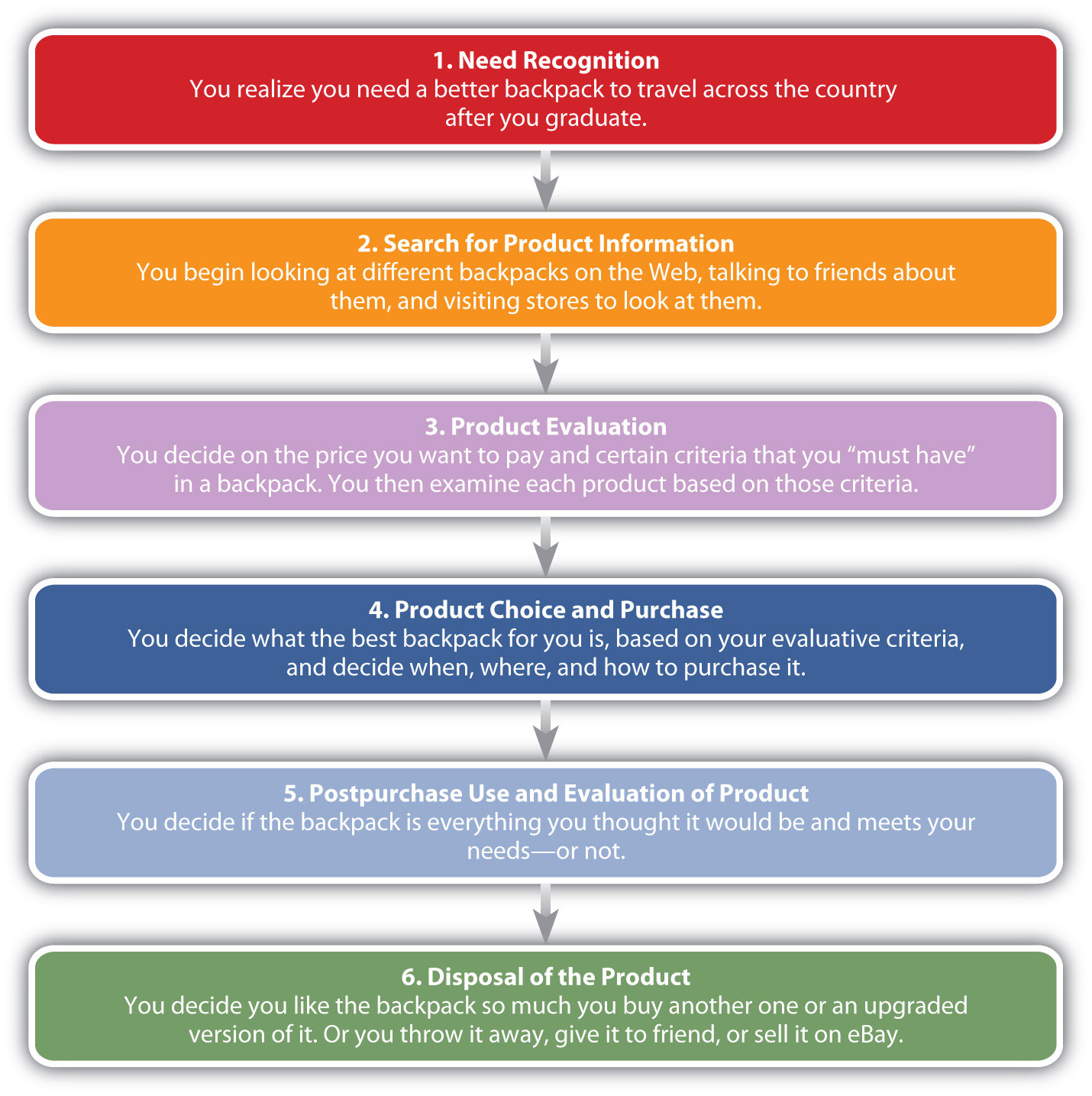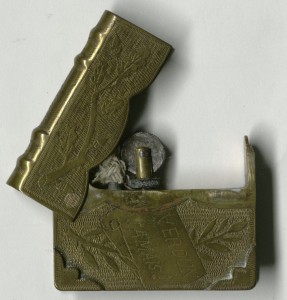Retail Marketing firm Bhugaon Pune
Fulcrum Marketing is a strategic Retail Marketing firm Bhugaon Pune. Our team of marketing consultants also specialise in marketing planning and Retail Marketing for all types of business of any size.
communication and Retail Marketing management
Effective communication and advertising management is important to not only correctly identify a target audience, but also to reach this audience efficiently through different information channels. There are many benefits of successfully managing these marketing communications, including, but not limited to:
Implementing a Retail Marketing Strategy
Implementing a Marketing Strategy Execution Plan, known to Fulcrum and our clients as a “Sprint Plan” is the most effective way to prevent this highway-less journey , Retail Marketing firm Bhugaon Pune. A Marketing Strategy is a set of strategic goal-focused plans for a certain period of time.
Retail Marketing Strategy and Planning
Implement your marketing plan
Your marketing plan must do more than just say what you want to happen. It must describe each step required to make sure that it happens.
| Schedule The plan should include a schedule of key tasks. This sets out what will be done, and by when. Refer to the schedule as often as possible to avoid losing sight of your objectives under the daily workload. | Team And Resources It should also assess what resources you need. For example, you might need to think about what brochures you need, and whether they need to be available for distribution. You might also need to look at how much time it takes to sell to customers and whether you have enough salespeople. |
| Cost The cost of everything in the plan needs to be included in a budget. If your finances are limited, your plan will need to take that into account. Don’t spread your marketing activities too thinly – it is better to concentrate your resources to make the most of your budget. You may also want to link your marketing budget to your sales forecast. | Control As well as setting out the schedule, the plan needs to say how it will be controlled. You need an individual who takes responsibility for pushing things along. A good schedule and budget should make it easy to monitor progress. When things fall behind schedule, or costs overrun, you need to be ready to do something about it and to adapt your plan accordingly. |
Door to Door Marketing Strategy
Nowadays it’s very common to think of door to door sales as a dead technique. New generations don’t even know it actually exists. But what people don’t realize is that knocking on doors is actually the best training you can have in sales. It’s a tough activity, but it’ll teach you the best lessons to be successful in sales. Also, right now the majority of the marketing is done by e-mail, radio, and television; that’s why real human contact is sometimes more effective!
Since people do not welcome strangers into their space with the most open mind (can you blame them?), it can be difficult to boost sales without qualified strategies.
So, if your knuckles are hurting, you might find this advice really useful!
Perfect your Pitch
When starting your pitch, you need to make it clear what it is that you’re selling. Humans are emotion-based decision makers, so pitching your product with emotions is necessary. So let’s see in depth how this can be structured:
- Introduction: Introduce yourself! Usually a person builds an impression of you in 10 seconds. This is why being polite, smiling, and looking for eye contact is important.
- Questions: Now that you’re standing in front of the prospect, he/she might want to know why you’re there. So explain briefly what you’re trying to sell, but remember, do not overwhelm with the core of the pitch. After this, it’s the moment to ask questions, know more about your customer, and get qualified answers.
- Present: Finally, you know what are your prospect needs, so it’s time to actually present your product. Try to engage the prospect, telling real experience from other customers, and qualifying your words on the base of the needs you just discovered. Remember to use the KISS method! (Keep It Short and Sweet)
- Close: If you said all the right things, it’s the closing moment. At this moment, you need to let the prospect speak and to listen to his/her questions. You must overcome objections, and remember, by coming up with objections your customer is just asking for more reasons to buy.
Door to Door Marketing Plan
Key Pillars of the Door to Door Marketing Process
Prospecting: The search for new customers is called prospecting. Prospects are essential to your sales funnel because you have to have new customers coming in to grow. Finding them is a crucial part of your sales process.
Qualifying: Qualifying means you have identified a need your prospect has that matches one of the features or benefits you offer. Qualifying prospects is to establish Pain (enough pain to buy), Budget (money to buy) and Decision (authority to buy). It requires a door-to-door salesman (or woman) to ask lot of open-ended questions and listen and respond to their answers.
Pitching: When you make an offer and describe the benefits to your qualified prospect, it is called pitching. Knowing the lead’s needs is essential to your success. You provide a solution to their pain points and explain how your product makes their lives or jobs easier.
Closing: Closing is when you ask the potential customer to buy your product or service. There are numerous ways to ask for business, and finding the one that works best for you and each qualified prospect is a vital skill for successful door-to-door sales.
Follow-up: After the sale, the door-to-door salesperson should establish contact to ensure the customer received what they ordered, felt satisfied, and received answers to any questions they might have. This is called follow-up. It is essential to establishing a relationship with your new customer, and the gateway to future opportunities with the customer, should their needs change.
Marketing Execution – Plan, Execute, Track, Measure
Everyone likes to talk about creating a marketing plan. It’s the fun part of marketing, the creative aspect of your planning process and Retail Marketing firm Bhugaon Pune. But strategy without execution won’t help your business succeed. In fact, marketing execution is how you achieve results.
Create your marketing strategyDecide how to market your product or service to potential customers by developing a marketing strategy that positions your product to particular customers | Write a marketing execution planHow to identify your objectives and write a plan that will help your marketing generate sales, including tactics and objectives |
Marketing on a tight budgetHow to get the most out of a small or limited marketing budget using cost-effective marketing methods such as Public Relations and online marketing | Marketing your business in PuneHow to market your business effectively in pune including researching your target audience and establishing new contacts Bhugaon Pune |
![]()
Retail Marketing firm Bhugaon PuneGet in touch with us, we would love to discuss your marketing needs.We love a good coffee and a challenge, so would behappy to meet up with you face to face.Marketing Company in PuneCall Us :-08433772261 | Bhugaon Pune |
B2B Marketing:Fulcrum is a magnet for businesses with well-defined goals and a desire to harness the latest advantages that marketing and technology can offer. | Face To Face Marketing :face to face field marketing is also called personal selling or door to door marketing, customers are met directly in order to sell their products, using this method of field marketing. | Product Sampling :Fulcrum are a highly recommended provider of product sampling staff. We specialise in the implementation of sampling campaigns using our in house sampling team and logistical know-how. |
Dealer Marketing:Dealer marketing is of utmost importance for the success of any brand. For most brands, dealers, distributors and resellers are critical links to success. | Direct Marketing:we can help with everything from planning and design to production and delivery ensuring your direct marketing campaigns are delivered on time to the highest quality. | Guerrilla Marketing:When it comes to guerrilla marketing the gloves are off. They are usually low budget campaigns but with the right imagination and ideas they offer up some unprecedented results |
Retail Marketing:Fulcrum is a dynamic-retail marketing agency born in tradition, fueled by innovation, and living at the intersection of commerce and imagination. | Direct Selling :Much like product demonstrations these campaigns have brand reps or ambassadors at the center of them. The difference is it’s more about the selling of the product | Retail Audits & Merchandising: Auditing takes the reps out off the front line and away from the consumer. Auditing teams are used by marketers to monitor traditional marketing strategies that they put in place across retail. |
Door To Door Marketing :Nothing beats the reality that one gets when you can interact with potential clients face to face physically moving from door to door within a community or household to household, | Product Demonstrations:As mentioned already, demo days are a popular tool of field marketing. These campaigns can stretch from as little as one week to 6 months however some are continuous and full time. | Street Marketing:We will still need to spend time interacting with people, face-to-face, Street Marketing. Personal interaction is what makes the world go around |
Retail Marketing
Retail Marketing firm Bhugaon Pune
The team at Fulcrum has delivering successful Shopping Centre Marketing Campaigns across a wide range of shopping centres and retail complexes. From major retail locations to local community focused shopping centres; we have secured real, measurable results across the board.
Marketing Plan and Marketing Strategy
Retail Marketing | Retail Marketing firm Bhugaon Pune
Bhugaon , Pune
Bhugaon is a suburb situated in the western parts of Pune city and offers excellent connectivity to locations like Bavdhan, Kothrud, and the key Paud Road. The locality comes under the jurisdiction of Pune Municipal Corporation (PMC). It is bordered by some of the very popular and developed localities of Pune, including Bavdhan, Lavale, Bhukum, Kothrud, Warje, Pashan, Gokhale Nagar, Shivane, Vadgaon Budruk, Nanded, Baner, Aundh, Shivajinagar etc. However, it is not just proximity and connectivity that makes Bhugaon an excellent option for homebuyers. In contrast to Pune city, Bhugaon has long and wide tracts of greenery that offers it a superb natural surroundings. This has also led to the development of parks and golf courses in the areas. Properties for sale in Bhugaon, Pune is available at affordable rates. Flats in Bhugaon available at affordable rates than Kothrud and Bavdhan. The average property rates in Bhugaon, Pune is Rs.5100 per sqft. Locality is good for investment as well as for end users due to its proximity to various employment hubs. The locality is well-accessible from developed and commercially improved areas of Kothrud, Bavdhan, and Hinjewadi. Shivajinagar is the nearest railway station to Bhugaon which is located at a distance of 7 km. Kothrud is only 3.6 km away from Bhugaon and is home to several premium healthcare, shopping and cultural establishments. Some of the key residential projects in Bhugaon are Mont Vert Belbrook, Mont Vert Belair, Aryavart Star Altair, Abhinav The One, Prestige Height, Vastushree Shivam Heritage among others.
Bhugaon is a suburb situated in the western parts of Pune city and offers excellent connectivity to locations like Bavdhan, Kothrud, and the key Paud Road. The locality comes under the jurisdiction of Pune Municipal Corporation (PMC). It is bordered by some of the very popular and developed localities of Pune, including Bavdhan, Lavale, Bhukum, Kothrud, Warje, Pashan, Gokhale Nagar, Shivane, Vadgaon Budruk, Nanded, Baner, Aundh, Shivajinagar etc. However, it is not just proximity and connectivity that makes Bhugaon an excellent option for homebuyers. In contrast to Pune city, Bhugaon has long and wide tracts of greenery that offers it a superb natural surroundings. This has also led to the development of parks and golf courses in the areas. Properties for sale in Bhugaon, Pune is available at affordable rates. Flats in Bhugaon available at affordable rates than Kothrud and Bavdhan. The average property rates in Bhugaon, Pune is Rs.5100 per sqft. Locality is good for investment as well as for end users due to its proximity to various employment hubs. The locality is well-accessible from developed and commercially improved areas of Kothrud, Bavdhan, and Hinjewadi. Shivajinagar is the nearest railway station to Bhugaon which is located at a distance of 7 km. Kothrud is only 3.6 km away from Bhugaon and is home to several premium healthcare, shopping and cultural establishments. Some of the key residential projects in Bhugaon are Mont Vert Belbrook, Mont Vert Belair, Aryavart Star Altair, Abhinav The One, Prestige Height, Vastushree Shivam Heritage among others.
Connectivity
The locality is well-connected to various developed areas and a number of hotels, schools, banks and hospitals via an excellent network of railways and roadways. Paud Road and Pashan roads are the major roads for Bhugaon which further has it access to NH 48 & AH 47.
Shivajinagar, Khadki, Dapodi, Pune Junction etc. are nearby railway stations to Bhugaon. However, Shivajinagar is the nearest railway station to Bhugaon (14 km) while Pune Junction is the major railway station to Bhugaon, situated at a distance of 15.7 km via Paud Road.
It enjoys excellent connectivity to Pune International Airport which is situated at a driving distance of 28.3 km away via both Paud Road and Pashan Road.
The locality is well-accessible from developed and commercially improved areas of Kothrud, Bavdhan and Hinjewadi.
Factors for past growth
The location advantage and the demand from the buyers pushed developers to saw a potential in the area. As a result, locality has experienced demand for flats for rent in Bhugaon. The workforces from the commercial establishments on Paud Road are the major drivers that push demand for housing here. Moreover, the area is close to Mulshi Road, where many rice and flour mills have presence. A fair number of workforce work in nearby IT Hubs, wanted to have their residences close to their workplace.
Factors for future growth
The projects, such as widening of the Paud Road from two lanes to six lanes, are likely to push the real estate market in the Bhugaon in the year to come. Apart from that, the distance and the travel time through Paud Road is shorter than through Mumbai Pune Bypass.
Employment hubs near Bhugaon
Lohia Jain IT Park
Galore Tech IT Park
Kapil Zenith IT Park
Nano Space IT Park
Social & Physical Infra Development
Bhugaon offers best in class civic infrastructure to its residents. Some of the good schools in the locality include Sri Sri Ravi Shankar Bal Mandir, Little Elly, Bavdhan Primary School English Medium, Little Millennium Bavdhan, Kidzee, Shanti Juniors Preschool, Tree House, Elite International School, The Learning Curve Bavdhan, Candid Nursery School, Small Lilly Play School & Day Care etc. It also houses some colleges in its vicinity. These are
The major hospitals in Bavdhan include Bavdhan Medicare Centre, Sahyadri Hospital, City Hospital, Deoyani Multispeciality Hospital, Shashwat Hospital, Dhanwantari Hospital, MMF Ratna Memorial Hospital, Suyash Hospital etc. to name a few
Shopping needs of the people is catered by malls in Bhugaon such as Aditya Shagun Malls, Vishal Shopping Complex, Bagfull Mart, The Pavillion, City Mall among few. It also houses retail outlets of famous national and international brands such as Guruprasad Retail Outlet, Pantaloons, More, My Jio Store etc.
|






